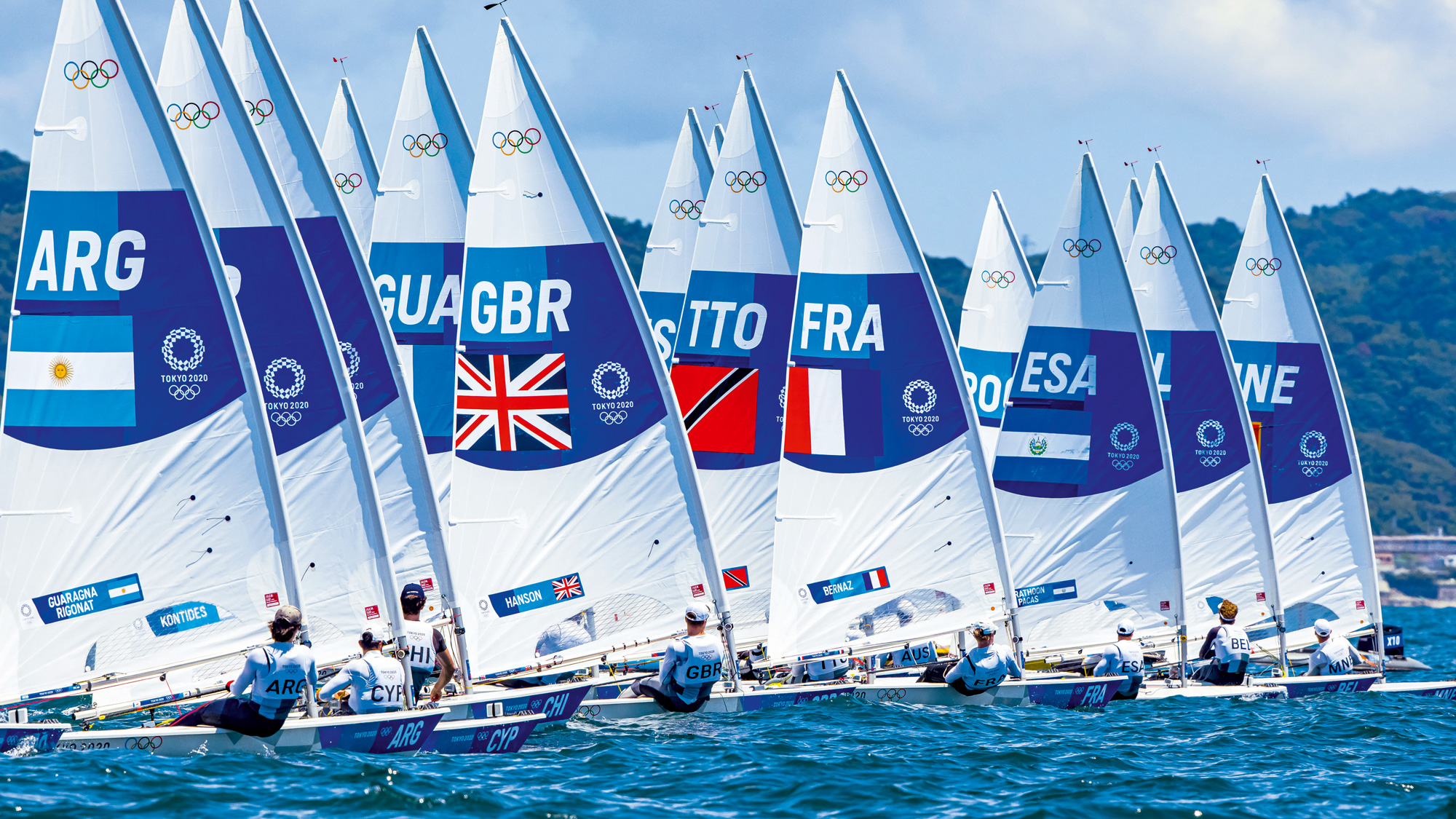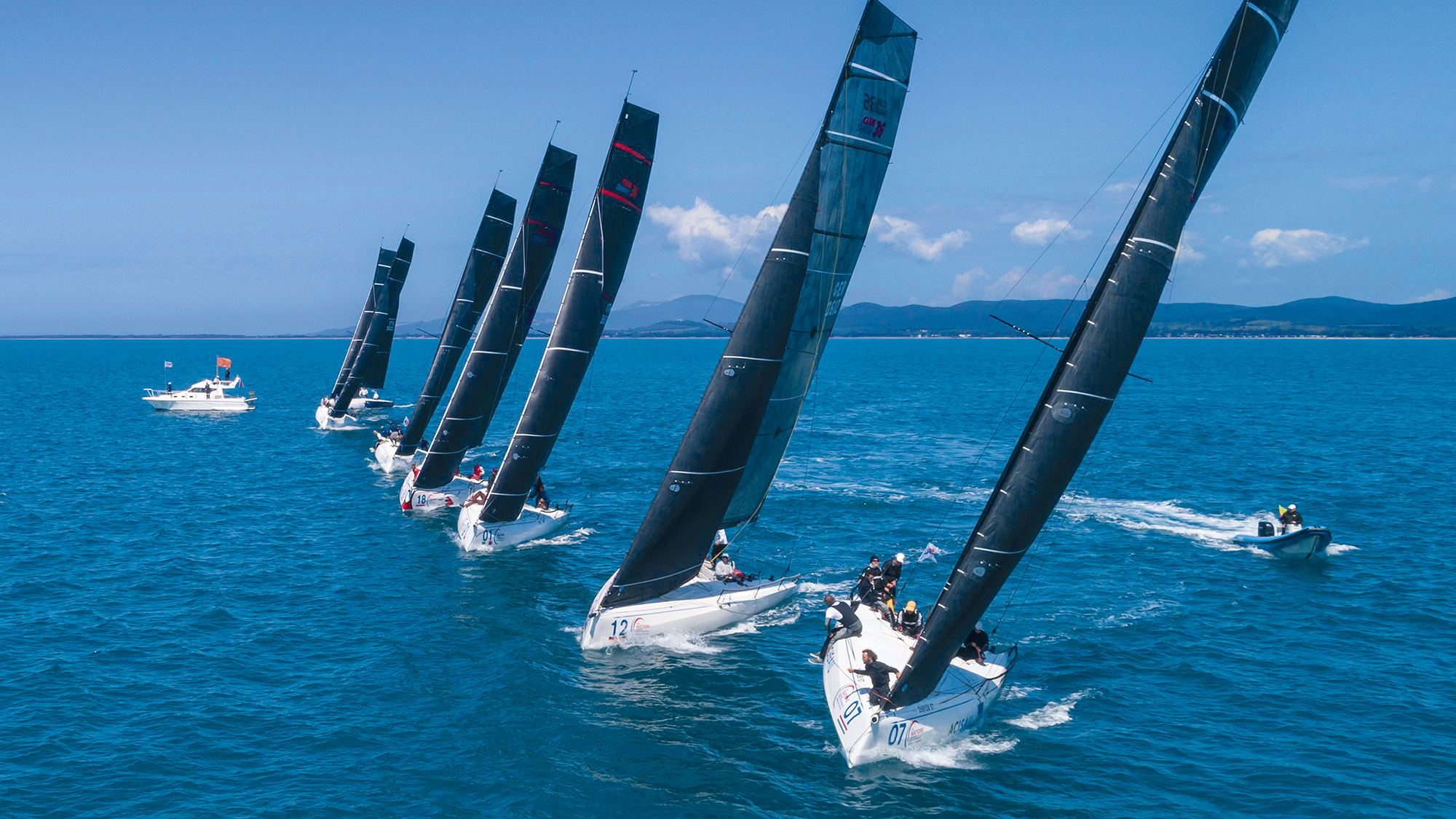Few sailors have achieved as much success as 17-time world champion Glenn Ashby. He shares his pre-race strategy advice with Andy Rice
A good race strategy is to do as much homework as possible before the race and to do this strategy well before the race. As a young Aussie growing up far from the sea in the northern part of Victoria, Glenn Ashby didn’t think about racing strategy. He just wanted to go fast. But after buying his first used catamaran, Ashby’s enthusiasm for speed led him to a career that saw him climb most of the heights of professional competition.
Along with learning how to move a boat faster through the water, Ashby is equally passionate about navigating the shortest distance on the race course. This is where a solid strategy comes in. The type of boat you race on is also a critical factor, as is your attitude towards risk.
Do your homework
Do as much homework beforehand at a regatta site as possible. There is so much good information available on the internet, and it’s also a good idea to talk to other sailors who have raced there.
It wasn’t until I started traveling overseas at the age of 17 that I began to appreciate all the different types of conditions you can encounter. Flat or wavy water, some very tidal, some very choppy, some very stable. You should familiarize yourself with the prevailing conditions for any location as quickly as possible.
Once there, don’t hesitate to chat with the locals. Race officials, club members, even weekend warriors who may not be on the same level as you still have some very useful local knowledge to offer. These little gems you pick up from local sailors can be the difference between winning or losing a regatta.
Instead of meeting
America’s Cup teams sometimes have an entire department focused on winning the first change of wind. Those first minutes after the start can often shape the whole race.
Sometimes the analysis starts two days before the actual race even takes place. You discuss the likely type of conditions you’re heading into, as well as the strengths and weaknesses of your opponents. It’s always good to have this kind of discussion every morning, so that the whole team understands the thinking and the plans for how you’re going to attack the course.
Pick your favorite side and make sure your starting strategy gets you there. Photo: Sailing Energy
Once you exit the course, if you have a friend or training partner, do a split edge where you commit to moving away from each other on opposite edges. Then, after an agreed number of minutes, turn again on converging tacks to see who comes out on top. You shouldn’t take the outcome of your split tack as gospel, but it can definitely help you make a more informed decision as to which side you think will pay.
stand up straight
Now, I’m not the biggest guy, so maybe the next tip is more important to me than to you! Standing in the boat to get a higher perspective on the race course can be very helpful. Even better if someone gets on the rig to get an overview of the course and the breeze, but even standing at deck level will give you a better idea of what’s going on with the breeze in the final minutes until the start.
Set your startup priorities
It is very important to get a start that allows you to execute your strategy.
If you have identified that this is a “go right” windward leg, prepare to be able to go right. If you get a good start from the hairpin but then have to look over your shoulder waiting for everyone to tack to port, you’ll be one of the last boats to go right.
Articles continue below…

Robert Scheidt always used to start from the middle of the line. This was when he…

Often you don’t know if your breakaway move will be a single bid until later in the race. Libby…
So make sure your priorities at the start line match your overall race strategy. The faster your boat and the higher the speed penalty for tacking, the more important each maneuver becomes. This is why a port tack start in a fast skiff or multihull can be such a good move.
Even if you don’t “win” the start, if a port start behind the fleet propels you to the starboard side in clear air on a preferred circuit, you are already ahead.
Keep your head on a swivel
Growing up on a lake as a kid, I learned to sail with the kind of sneaky, random breeze that frustrates a lot of sailors. But for me, I would say that was one of the most critical things in my development of sailing – being able to accept a random breeze and keep my head on a swivel.
If you can learn to navigate your boat with precision even when looking for the next shift, that’s a great skill to have and essential for joining the dots together on a tricky race track.
Glenn Ashby
Glenn Ashby has won 17 world championship titles in a range of fast multihulls as well as Olympic silver in the Tornado catamaran. A three-time America’s Cup winner, the Australian sailor is now chasing the world land speed record using a wind engine with Emirates Team New Zealand.
 If you enjoyed this….
If you enjoyed this….
Yachting World is the world’s leading magazine for offshore cruisers and offshore sailors. Every month we bring you inspiring adventures and practical features to help you realize your sailing dreams.
Expand your knowledge with a subscription delivered to your door. See our latest offers and save at least 30% on the sale price.

